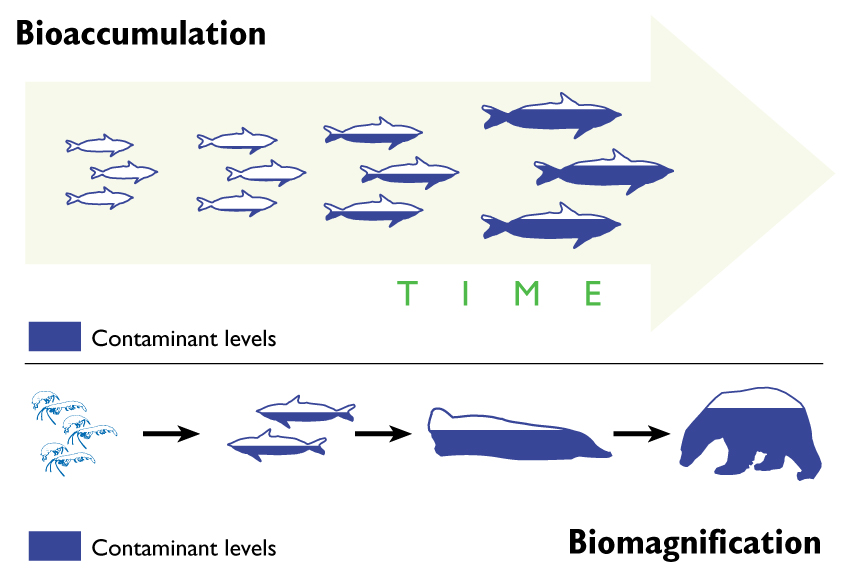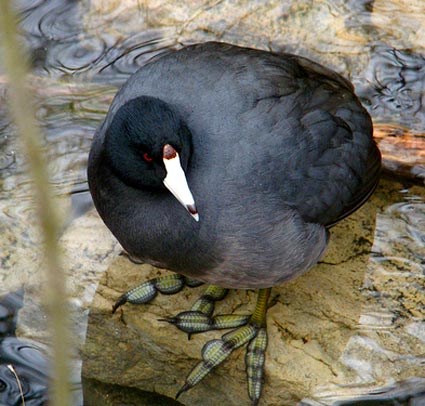
Timothy Knepp – USFWS National Digital Library
Atlantic salmon (Salmo Salar) are an important indicator of the health of marine ecosystems. Unfortunately, the sensitivity to poor environmental conditions which gives them their status as an “indicator species” also puts Atlantic salmon at risk, with many populations becoming classified as critically endangered, or even locally extinct (Oceana, n.d.).
Certain human activities can be a major problem for Atlantic salmon populations. Chemical pollution is one such issue that can be especially impactful in aquatic environments (Kolpin et al., 2002). Pharmaceutical drugs are particularly concerning, as most wastewater treatment plants are unable to completely remove pharmaceutical chemicals from wastewater (Nikolaou, Meric, and Fatta, 2007).
While pharmaceutical drugs are important for treating humans, livestock, and pets, many can also impact the physiology and behaviors of wild fish. Research on Atlantic salmon has shown that drugs found in surface water can disrupt individuals’ normal neural and endocrine system function (Hellstrom et al., 2016; Klaminder et al., 2019).
Oxazepam, a benzodiazepine drug used to treat anxiety disorders, is one drug that is found in many river systems (Hellstrom et al., 2016; Klaminder et al., 2019). Oxazepam works by binding to GABA receptors in the body and changing the conformation of the receptors to allow GABA to bind more readily (Singh and Abdijadid, n.d.). GABA is a brain chemical that, when bound to receptors, inhibits brain signals that stimulate activity in the nervous system, so increased GABA binding reduces feelings of anxiety and stress (Singh and Abdijadid, n.d.).
In humans, benzodiazepines produce a sedative-like effect. In Atlantic salmon–as well as other migrating fish–the drug has a counterintuitive effect. Hellstrom et al. (2016) found that Oxazepam increases the rate of migration, and has been considered potentially positive for migration success in certain small-scale, laboratory studies.
So, why does a sedative drug seem to increase activity in salmon? Klaminder et al. (2019) attribute this speediness not to faster swimming, but to increased boldness. They found that Atlantic salmon treated with oxazepam were more likely to fall victim to predators along their migration routes (Klaminder et al., 2019). In other words, increased GABA binding induced by anti-anxiety medications can decrease predation risk perception in Atlantic salmon.
In an already vulnerable species, an increase in the chance of a fatal encounter with a predator can be a big deal–but are Oxazepam loads in rivers high enough to make Atlantic salmon bolder? Probably not (yet)–Klaminder et al. (2019) treated the fish in their study with a much higher dose than is currently found in waterways, and the authors suggest that their findings are not relevant to current pollution levels. But as drug manufacturing and prescriptions continue to increase, it’s important to consider how pharmaceutical pollution levels might increase in the coming years.
In the case of medication, there’s not a simple solution. Unlike other household products that contaminate waterways, reduced usage isn’t always an option. Instead, we need to focus on properly treating wastewater and increasing regulations of pharmaceuticals to prevent them from entering our waterways.
To learn more about how pharmaceuticals are regulated and treated in waterways, visit https://www.usgs.gov/special-topics/water-science-school/science/pharmaceuticals-water#overview.
References:
Hellstrom, G, Klaminder, J, Finn, F, Persson, L, Alanara, A, Jonsson, M, Fick, J, & Brodin, T (2016) GABAergic anxiolytic drug in water increases migration behavior in salmon. Nat Commun 7. doi:10.1038/ncomms13460










